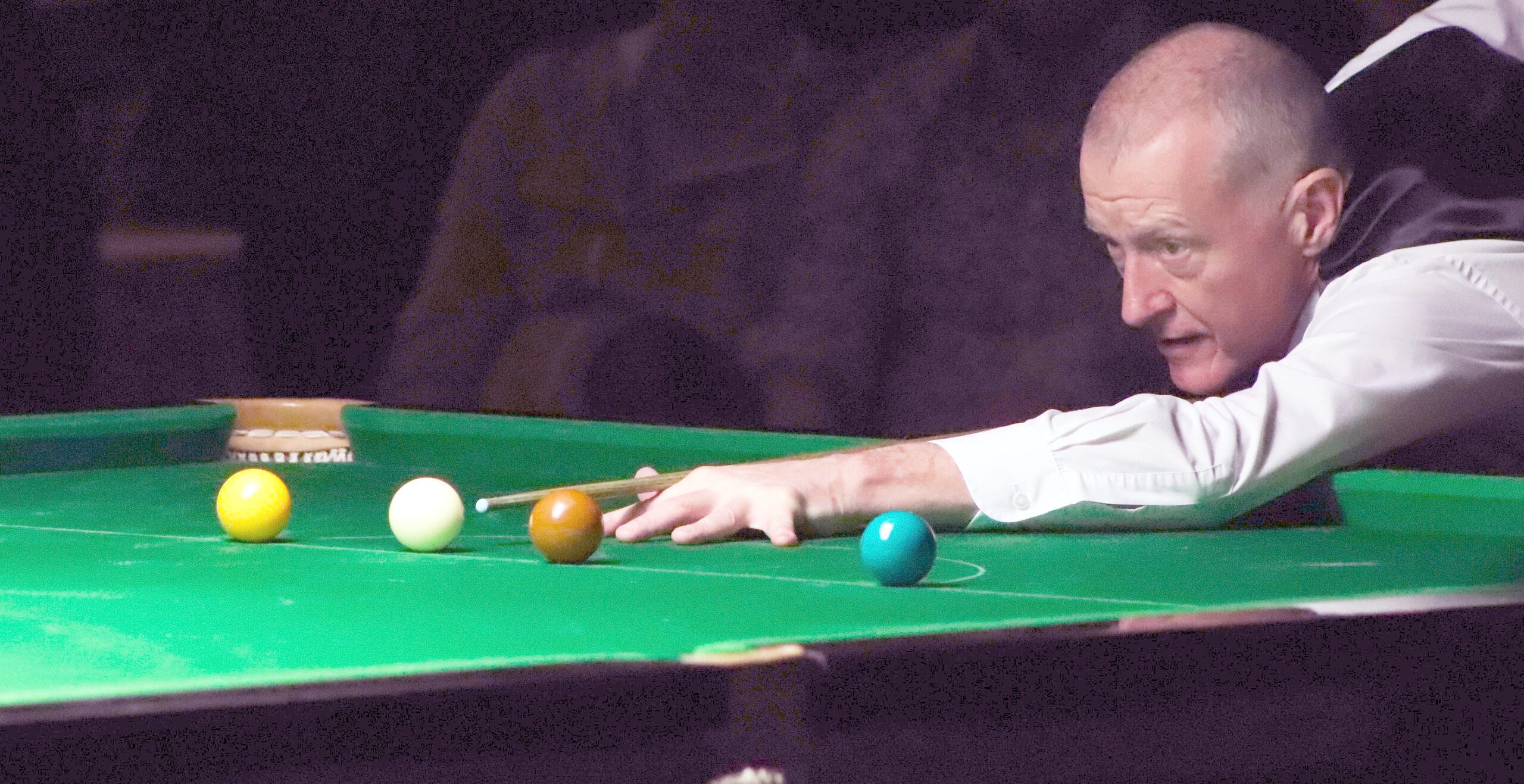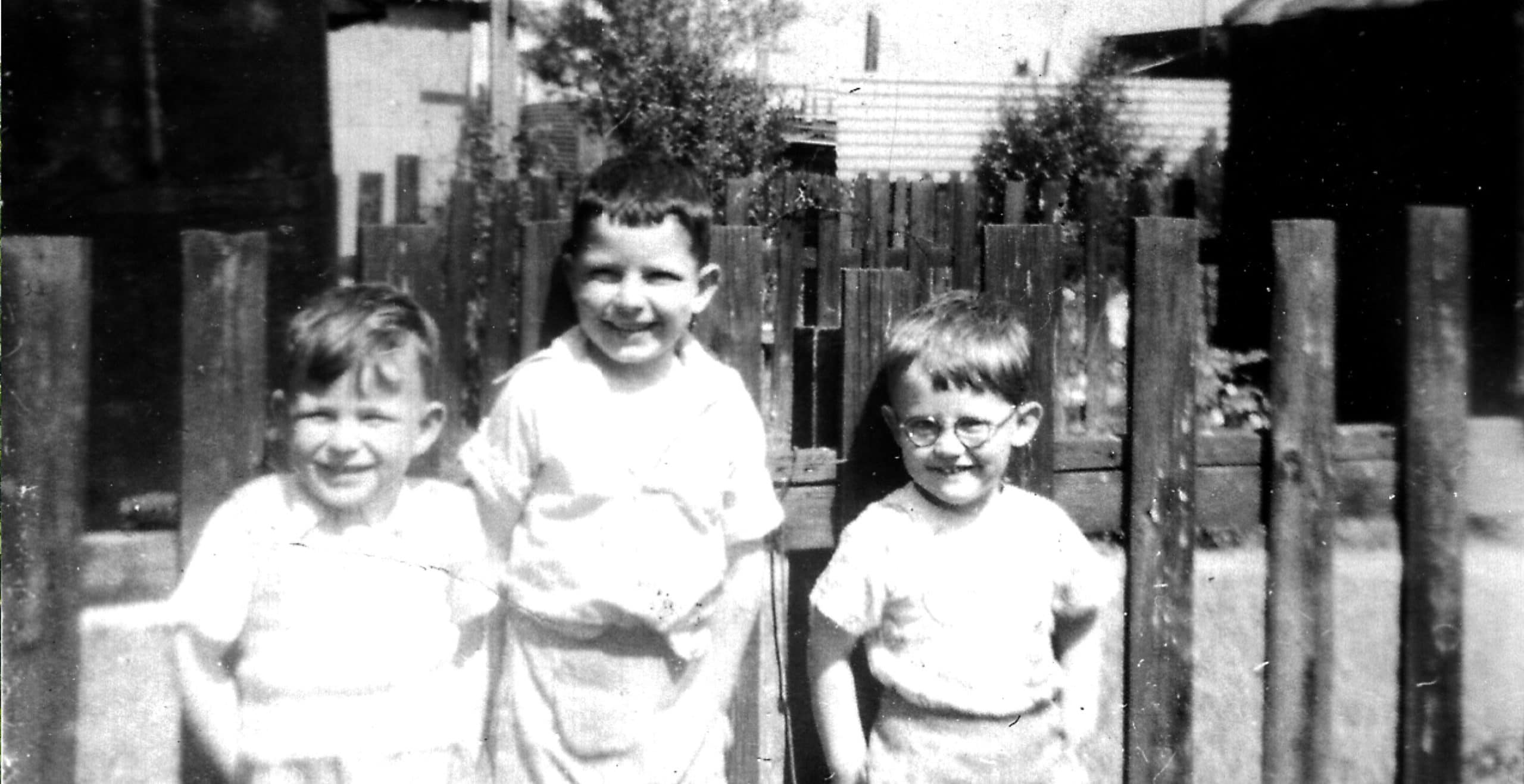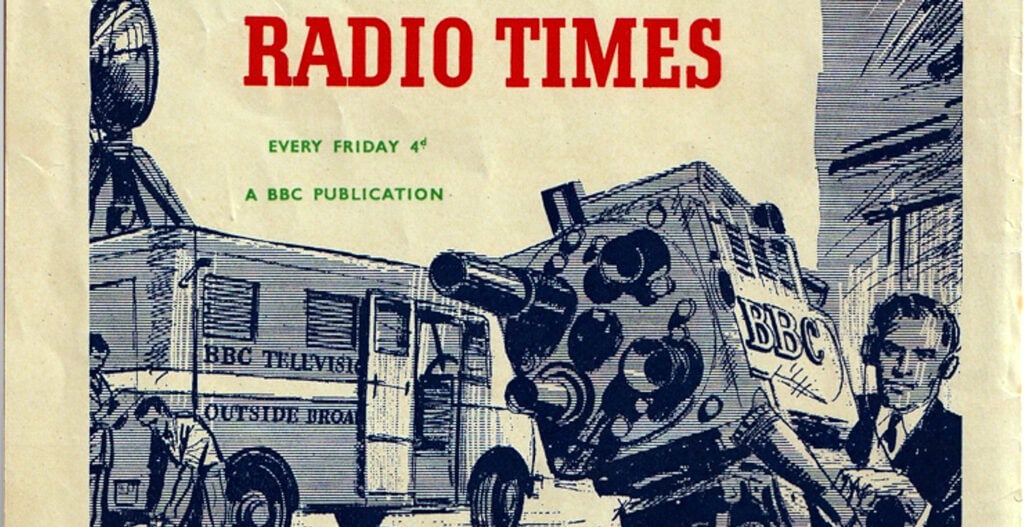Snooker is a popular billiard game that attracts millions of viewers all over the world. It was the introduction of colour television by the BBC that was instrumental in an initial snooker boom in Great Britain in the 70s. Similarly, the introduction of the BBC on cable television in mainland Europe was the driving force behind a second snooker boom there in the 80s. Thanks to these innovative television technologies, snooker transformed from a low-key affair in obscure venues to a multi-million dollar global entertainment industry.
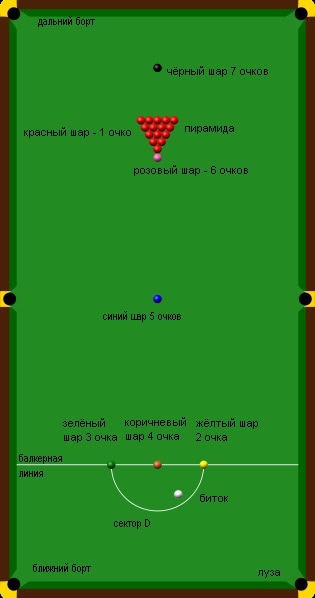
Snooker
Snooker is a billiard game played on a large table with six pockets and 22 balls of various colours worth different points. According to his own account, British army officer Neville Chamberlain (not the same person as the former prime minister by that name) invented and named the game in 1875 while stationed in Jubbulpore (Jabalpur), India. However, there is still some controversy over what version of the game he actually invented, and when and by whom the modern version was introduced.
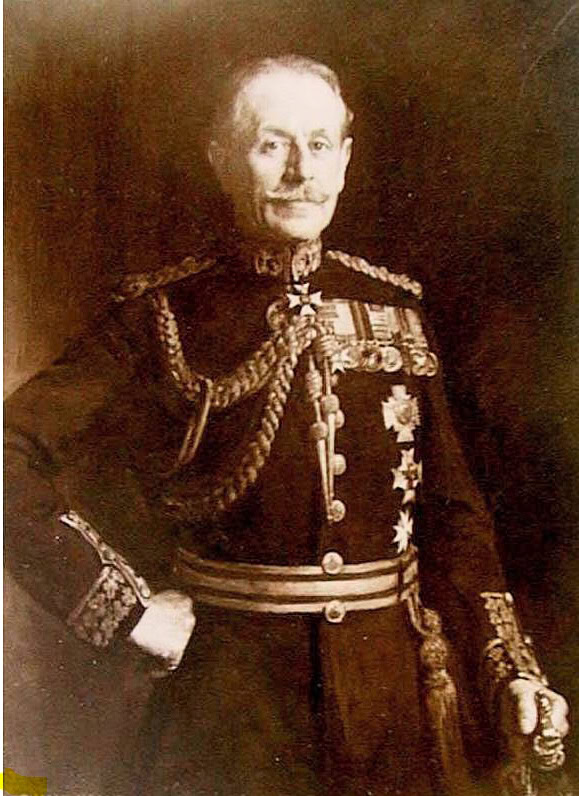
Regardless of the details of its origin, though, snooker quickly became very popular among British army officers stationed in India and southeast Asia. The game was eventually brought back to Great Britain, where it was picked up by professional billiard players. However, until the late 60s the game remained mostly a low-key and low-budget affair in obscure venues.
Colour television
In July 1969 the program Pot Black was introduced on British television. Just a few years earlier the BBC had started to broadcast in colour, and was looking for ideas to promote this new television technology among the general public. Snooker, with a bright green cloth and billiard balls of different colours, seemed exceptionally well suited for this. A suggestion was thus made to organise a snooker tournament especially for television, with matches consisting of just a single frame.
This immediately became a big success, making national heroes of players invited for the program’s tournament. Moreover, it caused an enormous popularity for the game itself. Thanks to colour television and the BBC’s Pot Black, a true snooker boom emerged in Great Britain throughout the 70s, eventually resulting in full live television coverage of the major tournaments.
Although it was occasionally possible to receive the BBC with an antenna in mainland Europe (mostly along the coast in France, Belgium, and the Netherlands), a good reception was only possible with dry and clear weather. And that was rare. Most of the time the picture was too distorted, or even completely absent, because of weather conditions above the North Sea. Consequently, the British snooker boom did not blow over to the mainland. But this would all change some 15 years later, thanks to another television technology.
Cable television
On 1 July 1986, about 750,000 households with a cable connection in the Netherlands obtained the possibility to watch the BBC in good picture quality. This was made possible by picking up the BBC signals in Oostduinkerke on the Belgian coast, and then forwarding them by microwave transmission to Belgian and Dutch cable companies. To enable this reception, a large antenna was placed on top of the water tower in Oostduinkerke, close to the point where the distance between the Belgian and British coasts is the shortest.
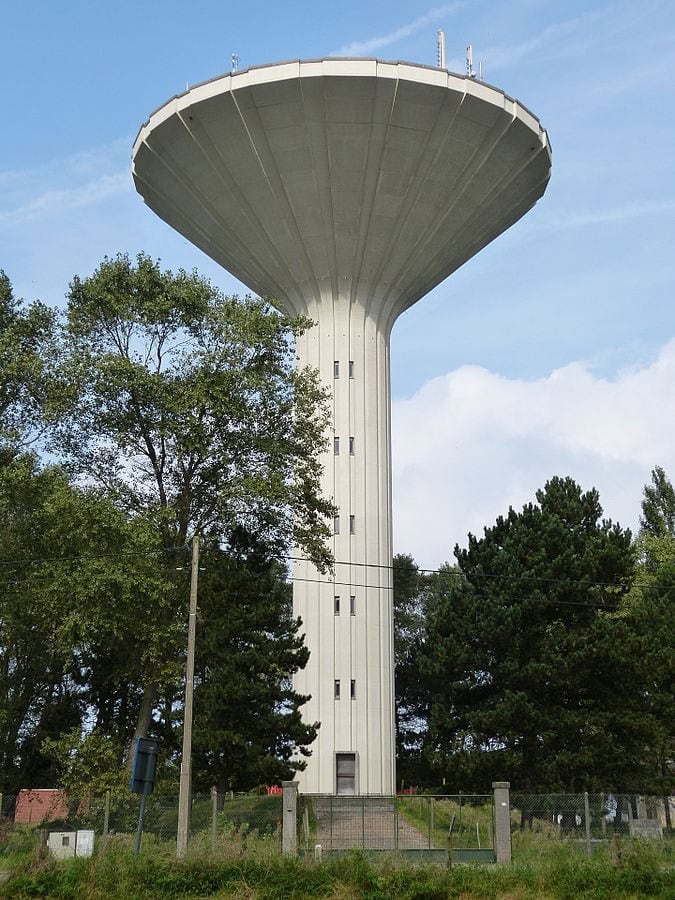
Although viewers in Amsterdam apparently still had to wait a little longer due to an outdated cable network that did not have enough capacity (an upgrade was already underway), these new cable television channels now also brought snooker directly into many European living rooms. Not surprisingly, this had a similar effect as earlier in Great Britain.
Only a few months later, a newspaper article appeared with the headline “Snooker, the game of the future”. The article includes an interview with John Duymel, then the treasurer of the Dutch snooker association founded in January of that year. According to Duymel, initially there were only snooker tables in private ownership in the Netherlands, and just a few players. But thanks to the BBC on cable television this was changing rapidly, with more and more snooker tables appearing in billiard halls. The article also mentions that later that week a two-day snooker fair was being held in Breda, a city in the south of the Netherlands. The big attraction there would be an exhibition by the (then) three times world champion Steve Davis.
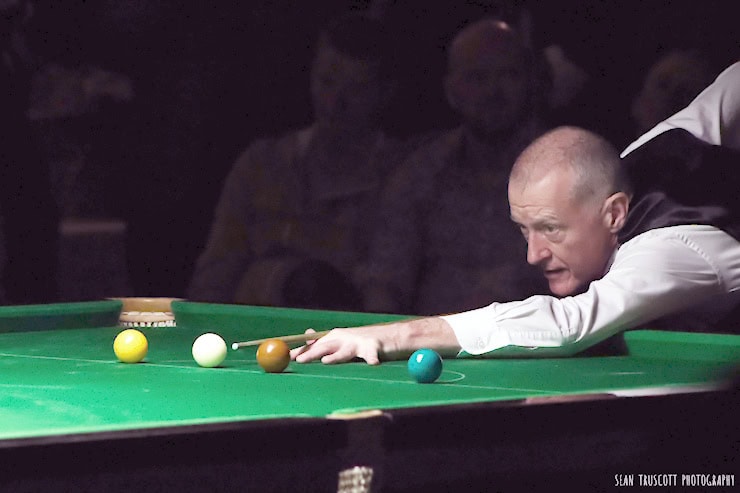
One month after that, while the UK championship snooker was going on, another newspaper article appeared about how snooker was also growing “impetuously” outside of England. According to this article, that year 200 snooker halls had been opened in Belgium, and in the Netherlands around 50 snooker tables had been added. The article ends with the prophetic words of Barry Hearn, then the manager of Steve Davis and several other British top players: “It has only just begun.”
Indeed, it did not take very long for snooker to become a multi-million dollar global entertainment industry. For example, the per-season total prize money has been well over ten million GBP for the past several years, and the global snooker cues and balls market is projected to reach 300 million USD by 2027. Moreover, with professional tournaments all over the UK and several places in mainland Europe, Saudi Arabia, and China, plus amateur and exhibition tournaments in many other places, it truly has become a worldwide affair. Snooker has become a global culture of its own. And all that largely thanks to the BBC and some innovative television technologies a few decades ago.
Wim Hordijk, Ph.D., is an independent scientist and writer with a special interest in evolution and the historical developments of how things came to be, from the origin of life to technology and culture. More information about his research and publications can be found on his personal website.
Published: 4th March 2025
